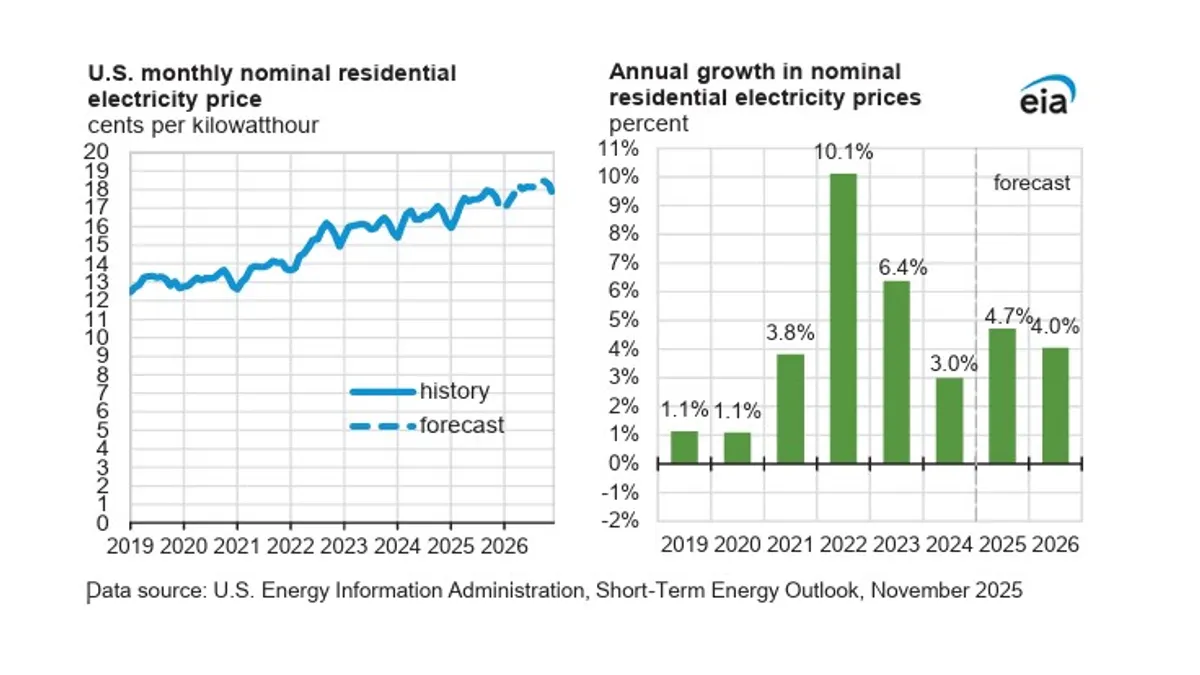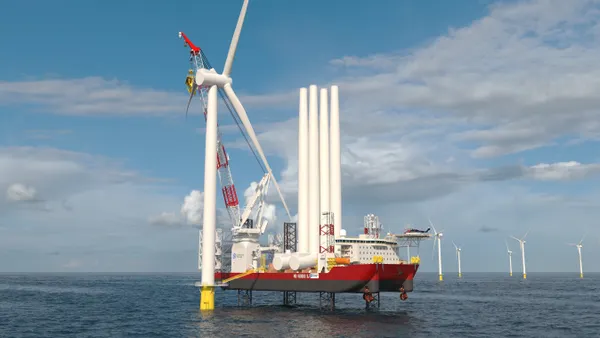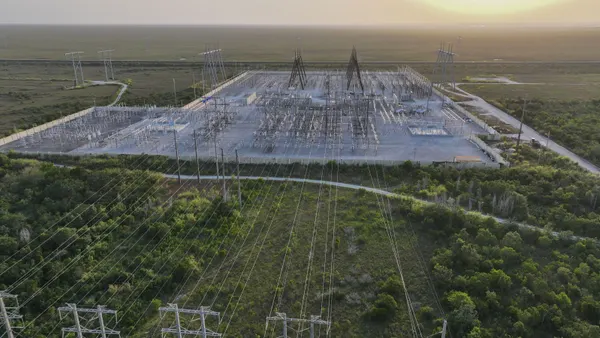Dive Brief:
- Coal generation being retired this spring to meet federal standards was dispatched frequently during the winter, and accounted for about 3% of the United States first quarter coal consumption, according to analysis by Argus.
- More than 50 units slated for retirement generated power in the first quarter; PJM Interconnection dispatched almost 6,000 MW of coal power during that time.
- American Electric Power says it has shuttered 10 coal-fired facilities in five states, accounting for more than 5,500 MW of capacity.
Dive Insight:
Data from the first quarter of this year may give some indication into how federal carbon standards will impact the nation's generating fleet in cold weather. Analysis by Argus Media shows coal units slated for retirement generated more than 3% of the nation's coal power in the first quarter, representing more than 11 GW of capacity.
And Platts reports that AEP has stopped operating facilities in Indiana, Kentucky, Ohio, Virginia and West Virginia, which were capable of generating a combined 5,588 MW.
Estimates from the U.S. Energy Information Administration show the federal government's Clean Power Plan, along with other regulations and the low price of natural gas, will lead to the shuttering of about 90 GW of coal-fired production by 2040 — more than twice than would be pulled offline without new carbon standards, the agency estimated.
In May, EIA released updated analysis which predicted power prices will rise about 4.9% under the government's plan to reduce carbon emissions. But the report also showed the CPP will reduce emissions significantly: 2030 reductions range from 484 to 625 million metric tons.
While much of the shuttered capacity will initially be replaced by gas-fired generation, the longer-term goal is to add more renewables into the mix as the government attempts to reduce carbon emissions by 30% by 2030. Argus notes that if all of the power generated in the first quarter by retiring coal units was replaced by gas, it would raise consumption 1.21 Bcf/d.














